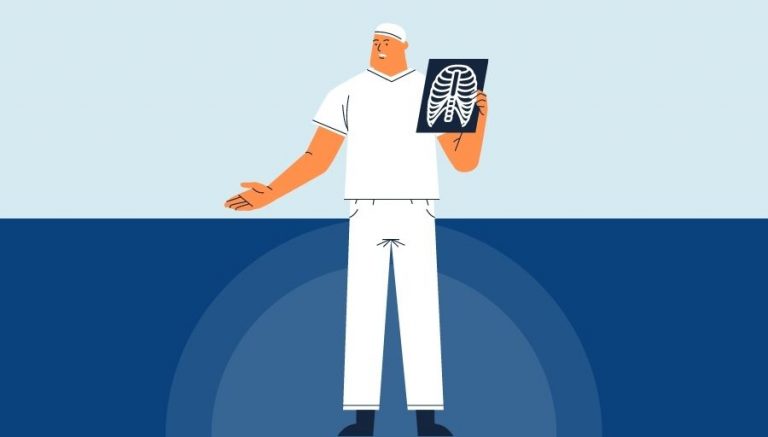How To Use CPT Code 73100
CPT 73100 describes the radiologic examination of the wrist, specifically taking two views to assess for fractures, swelling, or any other issues causing pain in the wrist area. This article will cover the description, procedure, qualifying circumstances, appropriate usage, documentation requirements, billing guidelines, historical information, similar codes and billing examples.
1. What is CPT Code 73100?
CPT 73100 is used to describe a radiologic examination of the wrist. It involves taking two X-ray images to evaluate the bones in the wrist for any fractures, swelling, or sources of pain. This procedure helps healthcare professionals diagnose and monitor conditions affecting the wrist, such as fractures, arthritis, or ligament injuries.
2. Official Description
The official description of CPT code 73100 is: ‘Radiologic examination, wrist; 2 views.’
3. Procedure
- During the procedure, the healthcare provider positions the patient’s wrist in a specific way to obtain clear images of the bones.
- An X-ray machine emits a small amount of radiation through the wrist, while a special film records the images.
- The provider takes two views of the wrist, typically the posteroanterior (back to front) and lateral views, to capture different angles and perspectives of the bones.
- The resulting X-ray images show the bones of the wrist, including the carpals, radius, and ulna.
4. Qualifying circumstances
CPT 73100 is appropriate for patients who require a radiologic examination of the wrist to assess for fractures, swelling, or pain. This code is used when two views of the wrist are taken. It is important to note that the provider must document the medical necessity for the examination and ensure that the patient meets the criteria for the procedure.
5. When to use CPT code 73100
CPT code 73100 should be used when a healthcare provider performs a radiologic examination of the wrist and takes two views to assess the condition of the bones. It is important to use this code accurately to ensure proper billing and reimbursement.
6. Documentation requirements
To support a claim for CPT 73100, the healthcare provider must document the following information:
- Reason for the examination, such as suspected fracture, swelling, or pain in the wrist
- Number and type of views taken (e.g., posteroanterior and lateral)
- Date of the examination
- Any additional relevant findings or observations
- Signature of the healthcare provider performing the examination
7. Billing guidelines
When billing for CPT 73100, ensure that the examination involves taking two views of the wrist. It is important to follow payer guidelines and append the appropriate modifiers, such as modifier 26 for the professional component or modifier TC for the technical component, if applicable. If the provider performs both the professional and technical components, no modifiers are necessary.
8. Historical information
CPT 73100 was added to the Current Procedural Terminology system on January 1, 1990. Since then, there have been a few changes to the code, including updates to the code description and the addition of specific views.
9. Examples
- A patient presents with wrist pain after a fall. The healthcare provider performs a radiologic examination of the wrist, taking two views to assess for any fractures or injuries.
- An individual with a history of arthritis experiences increased swelling and discomfort in their wrist. The healthcare provider orders a radiologic examination of the wrist, including two views, to evaluate the condition of the joint.
- A patient complains of persistent wrist pain following a sports injury. The healthcare provider recommends a radiologic examination of the wrist, involving two views, to identify any underlying fractures or ligament damage.
- After experiencing chronic wrist pain, a patient seeks medical attention. The healthcare provider orders a radiologic examination of the wrist, taking two views, to investigate the cause of the discomfort.
- A healthcare provider suspects a wrist fracture in a patient who fell on an outstretched hand. They perform a radiologic examination of the wrist, including two views, to confirm the diagnosis.


